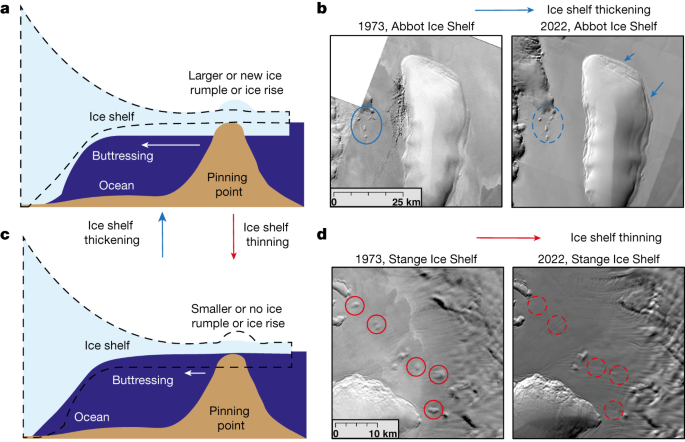2024-02-22 スイス連邦工科大学ローザンヌ校(EPFL)
◆EPFLとUniversity of Glasgowの研究者が共同で開発した新しいアプローチでは、新しい特許取得済みのレーダー技術とAIアシスタントを組み合わせて、表面下の異常を検出できます。この手法は非破壊であり、非接触であり、俊敏で迅速なデータ取得と解析をサポートし、非常に少ない電力で動作します。
◆この研究成果はElsevier Mechanical Systems and Signal Processing(MSSP)に掲載されました。
<関連情報>
- https://actu.epfl.ch/news/ai-driven-method-helps-improve-quality-assurance-f/
- https://www.sciencedirect.com/science/article/pii/S0888327023009305?via%3Dihub
風力タービンブレードの異常検出のための非接触センシング: 複雑値オートエンコーダを用いたフォーカス-SVDDアプローチ Non-contact sensing for anomaly detection in wind turbine blades: A focus-SVDD with complex-valued auto-encoder approach
Gaëtan Frusque, Daniel Mitchell, Jamie Blanche, David Flynn, Olga Fink
Mechanical Systems and Signal Processing Available online:20 December 2023
DOI:https://doi.org/10.1016/j.ymssp.2023.111022

Abstract
The occurrence of manufacturing defects in wind turbine blade (WTB) production can result in significant increases in operation and maintenance costs of WTBs, reduce capacity factors of wind farms, and occasionally lead to severe and disastrous consequences. Therefore, inspection during the manufacturing process is crucial to ensure consistent fabrication of composite materials. Non-contact sensing techniques, such as Frequency Modulated Continuous Wave (FMCW) radar, are becoming increasingly popular as they offer a full view – cross sectional analysis – of these complex structures during assembly and curing. In this paper, we enhance the quality assurance of WTB manufacturing utilising FMCW radar as a non-destructive sensing modality. Additionally, a novel anomaly detection pipeline is developed that offers the following advantages: (1) We use the analytic representation of the Intermediate Frequency signal of the FMCW radar as a feature to disentangle material-specific and round-trip delay information from the received wave. (2) We propose a novel anomaly detection methodology called focus Support Vector Data Description (focus-SVDD). This methodology involves defining the limit boundaries of the dataset after removing healthy data features, thereby focusing on the attributes of anomalies. (3) The proposed method employs a complex-valued autoencoder to remove healthy features and we introduces a new activation function called Exponential Amplitude Decay (EAD). EAD takes advantage of the Rayleigh distribution, which characterises an instantaneous amplitude signal. The effectiveness of the proposed method is demonstrated through its application to collected data, where it shows superior performance compared to other state-of-the-art unsupervised anomaly detection methods. This method is expected to make a significant contribution not only to structural health monitoring but also to the field of deep complex-valued data processing and SVDD application. The code and dataset will be made publicly available. The code and dataset are available here 1



